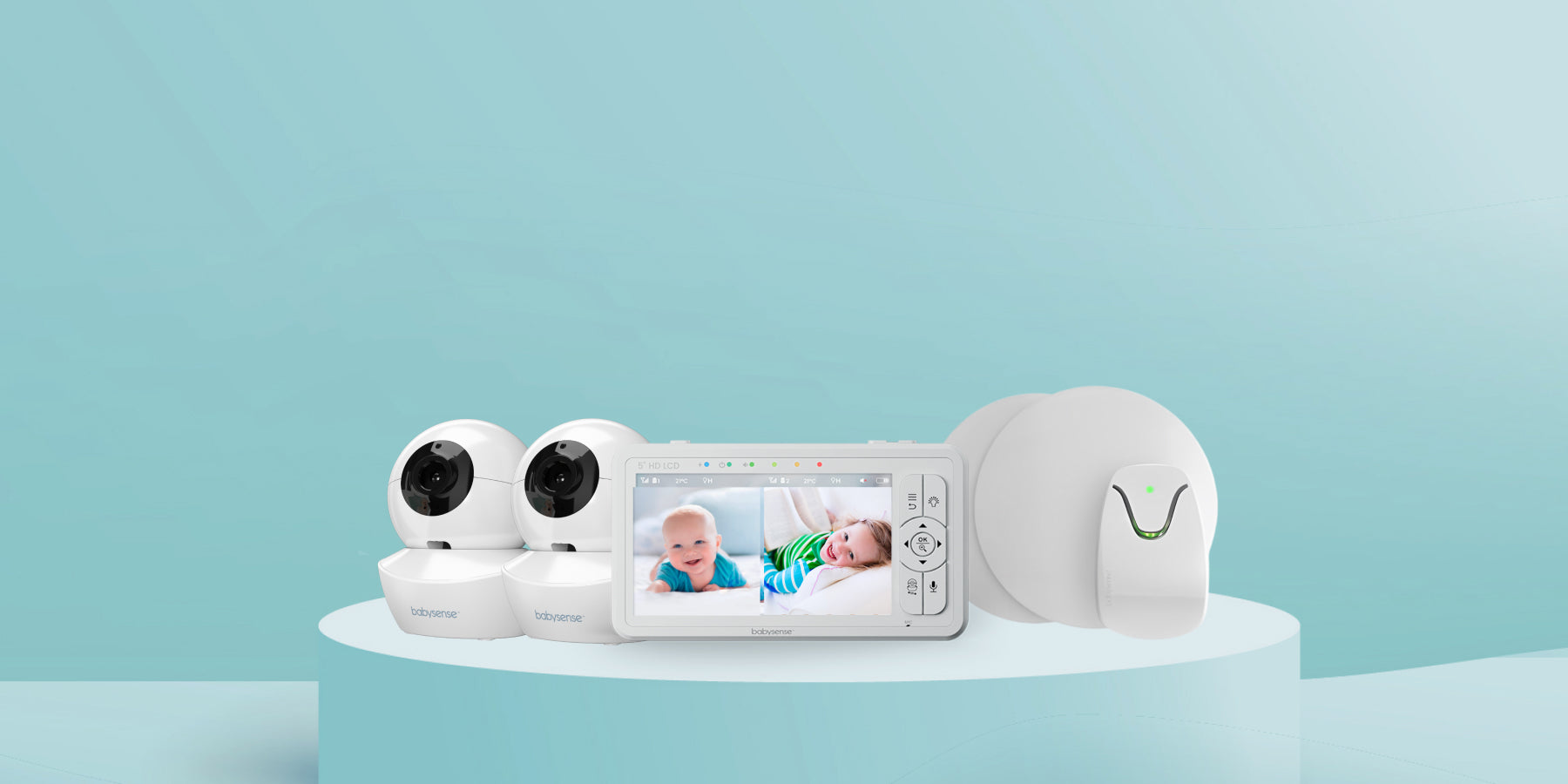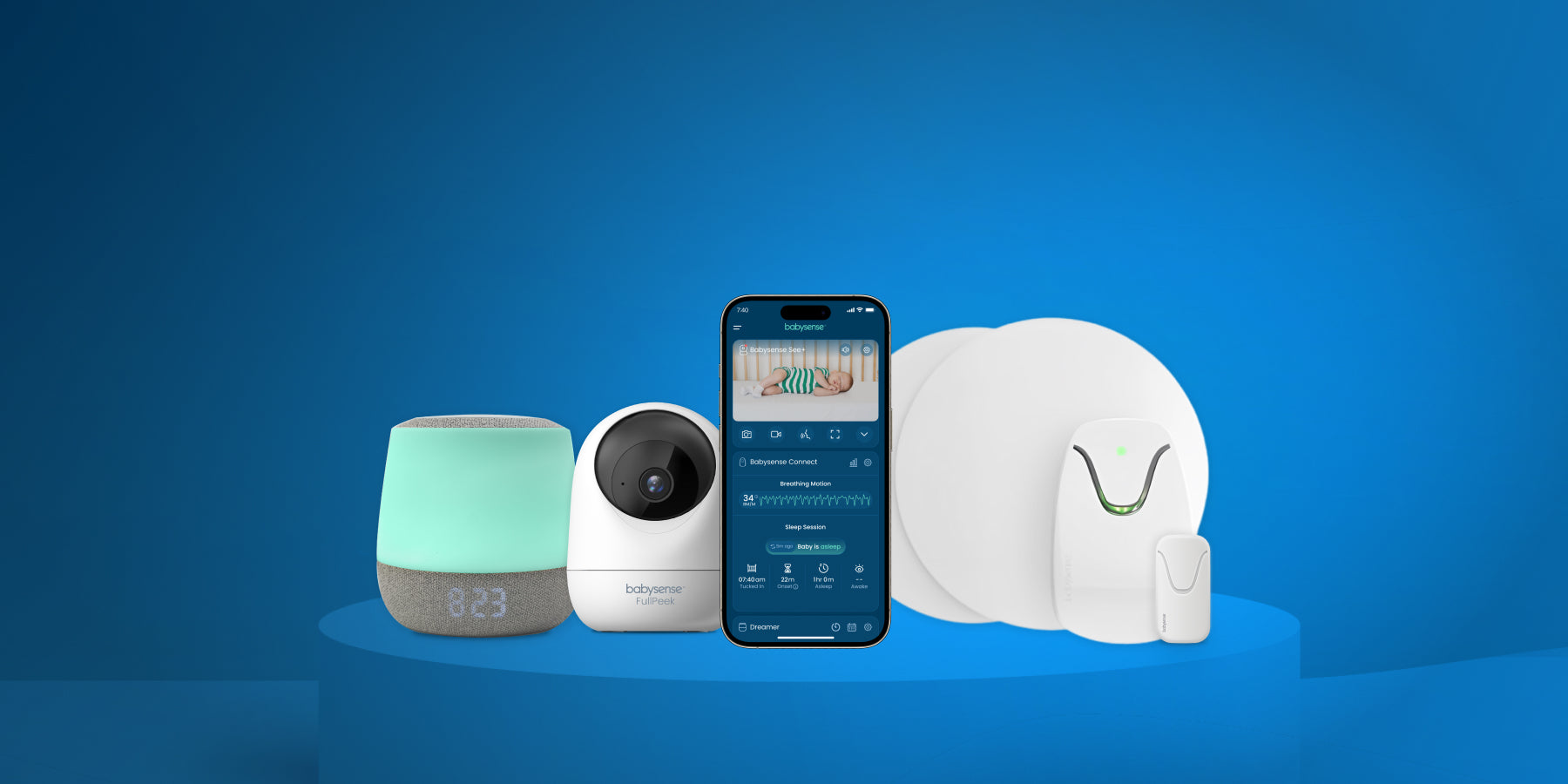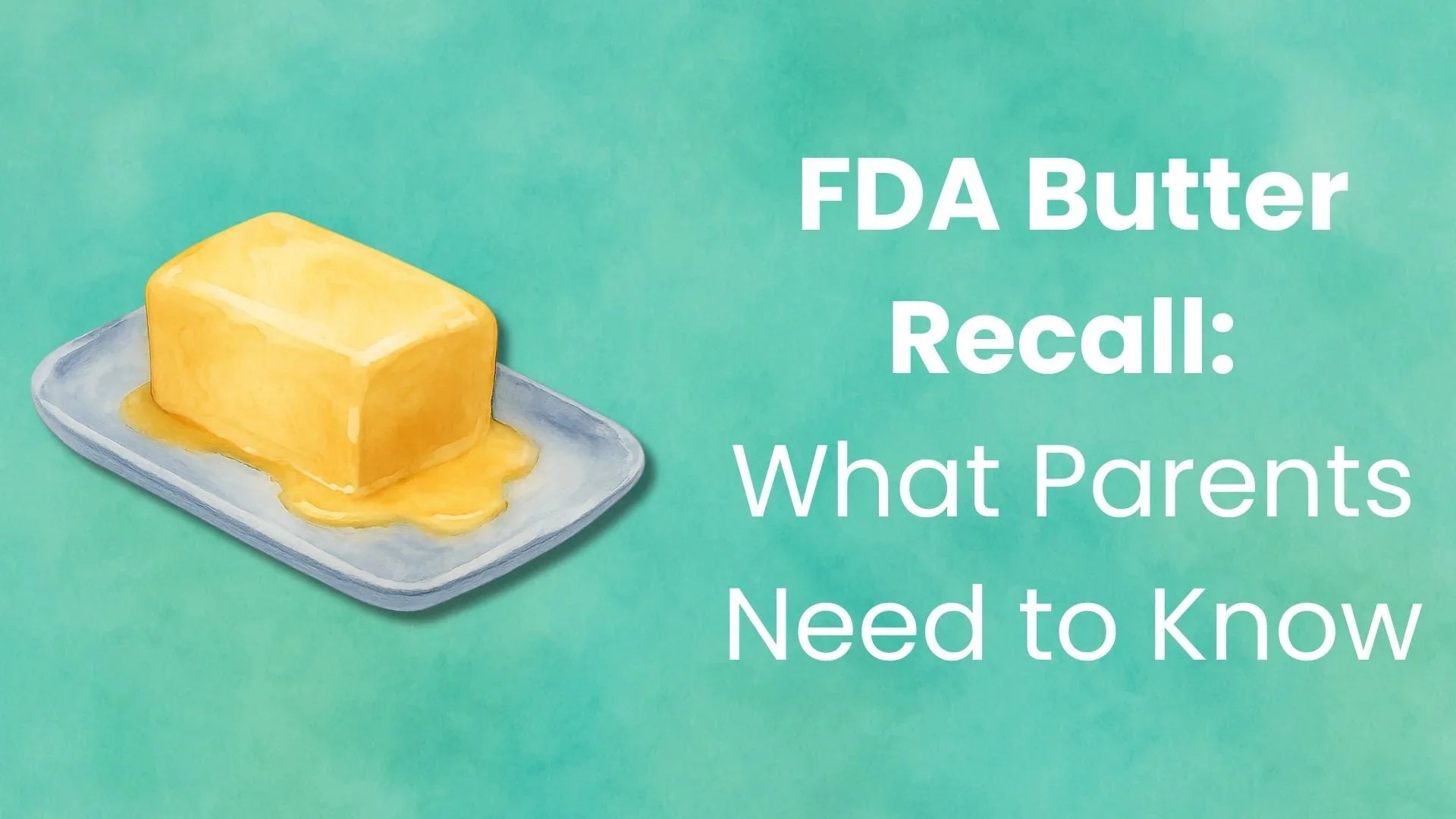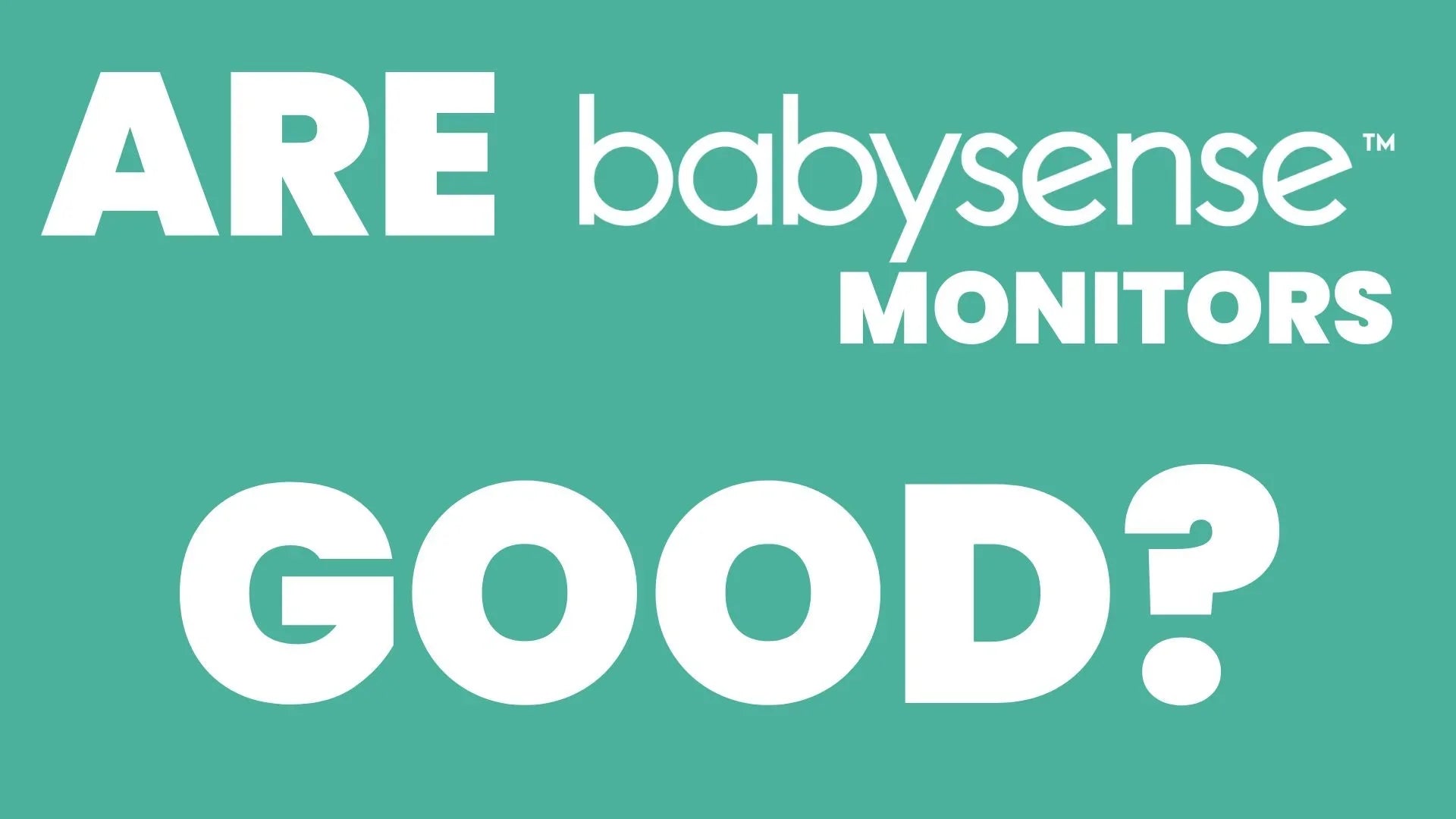Parents cannot control the weather or the earth, but they can control how ready their family is. Babies and young children have smaller bodies, faster metabolisms, limited mobility, and higher emotional needs than adults, so a plan that works for grown-ups is not automatically safe for kids. Use the steps below to hard-wire child-focused safety into every phase of preparedness, response, and recovery.
1. Build a Family Disaster Game Plan
| Step | What To Do | Why It Matters |
|---|---|---|
| Know your hazards | Check your local emergency management office for the most common threats in your area (hurricane, wildfire, flood, quake, etc.). | Planning is only effective when it matches the likely risks. |
| Designate meeting spots | One location inside the home (for tornado or severe storm) and two outside the neighborhood (one near, one far). | Ensures reunification if you are separated. |
| Assign roles | For example, one adult grabs the go-bags, the other loads children into car seats. | Reduces decision-making time during high stress. |
| Drill twice a year | Practice evacuation, shelter-in-place, and communication. Include toddlers by turning it into a calm, timed “game.” | Muscle memory cuts reaction time in real events. |
AAP research shows that children cope best when adults model calm behavior and give clear instructions. Practicing together gives you that confidence. (AAP)
2. Pack a Child-Centric Emergency Kit
Core supplies (72-hour minimum per child)
- Diapers and wipes (calculate ten diapers per day for infants)
- Ready-to-feed formula or expressed breast milk in single-use containers, plus chemical or battery bottle warmers
- Manual breast pump and sealed milk storage bags
- At least one gallon of potable water per day (extra if using powdered formula) (Ready.gov)
- Child-sized N95 respirators or well-fitted masks (wildfire smoke, volcanic ash)
- Weather-appropriate clothing layers, socks, hats, and soft baby shoes
- Emergency blanket or wearable sleep sack
- Medications with dosing syringe, written schedule, and copies of prescriptions
- Photocopies of vaccination record and pediatrician contact
- A comfort kit: small plush toy, board book, pacifier, and a family photo to reduce anxiety
- Portable white-noise device or battery-back-up baby monitor to help infants sleep in noisy shelters
Store kit items in a waterproof, roll-aboard bag so one adult can manage both the bag and a stroller or carrier. Ready.gov recommends reviewing the kit every six months for expired food, outgrown clothes, and battery checks. (Ready.gov)
3. Hazard-Specific Playbooks
| Disaster Type | Before | During | After |
|---|---|---|---|
| Hurricane / Flood | Evacuate early to avoid gridlock. Stow diapers and clothes in watertight bags. | Move to higher floors, keep life jackets within reach, never wade through floodwater with a child. | Disinfect all baby gear that came in contact with water; watch for mold. |
| Earthquake | Bolt furniture, secure TVs, latch cabinets, keep closed-toe shoes by each child’s bed. | Drop, cover, and hold on; shield infant with your body under a sturdy table. | Check crib for falling debris, inspect home for gas leaks before re-entry. |
| Wildfire | Pack N95 masks, keep car fuel above half, create a 30-ft defensible space around home. | Stay indoors with windows shut, run HEPA filter, prepare for rapid evacuation. | Monitor air-quality index; postpone outdoor play until readings are below 50. |
| Tornado | Identify an interior, windowless room on ground floor. Stash bike helmet and blanket for each child. | Shelter immediately when sirens sound. Protect infant’s head and neck. | Avoid downed power lines; photograph damage for insurance before cleanup. |
| Winter Storm / Extreme Cold | Stock 3–5 days of baby-safe ready-to-feed formula so mixing water is not needed if pipes freeze. | Layer clothing, use skin-to-skin contact for warmth, run generators outside to prevent CO poisoning. | Examine fingers and toes for frostbite; return car seats to correct angle after removing bulky coats. |
| Heat Wave / Power Outage | Install window shades and battery fans in the nursery. | Offer breast milk or water frequently, sponge bathe with tepid water, never leave child in vehicle. | Replace any temperature-sensitive medications that exceeded storage limits. |
4. Feeding and Hygiene Under Stress
Breastfeeding remains the safest nutrition method in disasters because it is sterile and protects against diarrhea and respiratory disease. If formula is required, choose ready-to-feed cartons to avoid unsafe water. When powdered formula is the only option, boil water for one full minute, cool, then mix and use immediately. Never dilute formula to stretch supply. CDC’s Infant Feeding in Emergencies Toolkit gives detailed mixing, cleaning, and storage instructions. (CDC, CDC)
Diaper changes: pack fragrance-free wipes and disposable changing pads. If running water is limited, use alcohol-based sanitizer after each change, then let hands fully dry before touching the baby.
5. Medical and Special-Needs Planning
- Keep a seven-day supply of all prescription meds, plus OTC pain reliever and oral rehydration salts
- Download each child’s electronic medical record to your phone and print a paper copy
- Make an index card that lists allergies, chronic conditions, and dosing instructions; tape it inside the go-bag
- For medically fragile infants (e.g., NICU graduates), discuss backup power options for monitors or oxygen with your pediatrician and local utility company (HealthyChildren.org)
6. Protecting Emotional Well-Being
Children read adult cues. Speak in a calm, confident tone, give honest age-appropriate explanations, and limit media exposure. The American Academy of Pediatrics advises meeting basic needs first, then offering comforting routines such as bedtime songs and familiar toys. (AAP)
Signs a child may need professional help: persistent nightmares, regression (bed-wetting, clinginess), aggressive play, or withdrawal lasting more than four weeks. Contact your pediatrician or the Disaster Distress Helpline (1-800-985-5990). (Red Cross)
7. Evacuation and Sheltering Tips
| Gear | Why It Helps |
|---|---|
| Convertible car seat that installs with seat belt and LATCH | Allows quick transfer between vehicles, cabs, and planes. |
| Soft-structured baby carrier | Keeps hands free on stairs and uneven ground, reduces stroller reliance. |
| Colored wristbands with parent phone number | A backup if cell service fails or children are separated. |
| Blackout-style swaddle or breathable cover | Creates a dark, quiet sleep space in bright shelters. |
When you arrive at a public shelter, register your family immediately, ask where families with infants are grouped, and check that the area is away from generator fumes or exit bottlenecks.
8. Tech and Communications
- External battery packs (20,000 mAh or higher) extend phone life for alerts and GPS
- Store PDF copies of birth certificates and insurance policies in an offline, encrypted folder
- Keep a crank or battery radio to receive NOAA weather alerts if cell networks fail
- A baby monitor with rechargeable battery can help you supervise sleeping infants if you must move supplies around a shelter or friend’s home
9. The Recovery Phase
- Safety sweep: Inspect the nursery for loose wiring, sharp debris, water damage, and mold before letting children back in
- Health check: Schedule a follow-up with your pediatrician to address any exposure-related issues
- Insurance and aid: Photograph damage, file claims promptly, and apply for FEMA or local relief grants if eligible
- Debrief and update: Note what worked, what ran out, and tweak your plan while the experience is fresh
Bottom Line: Early action equals peace of mind. Build a child-specific kit, practice the plan, and refresh supplies before each high-risk season. Your calm preparation today turns into your child’s safety and resilience tomorrow.





